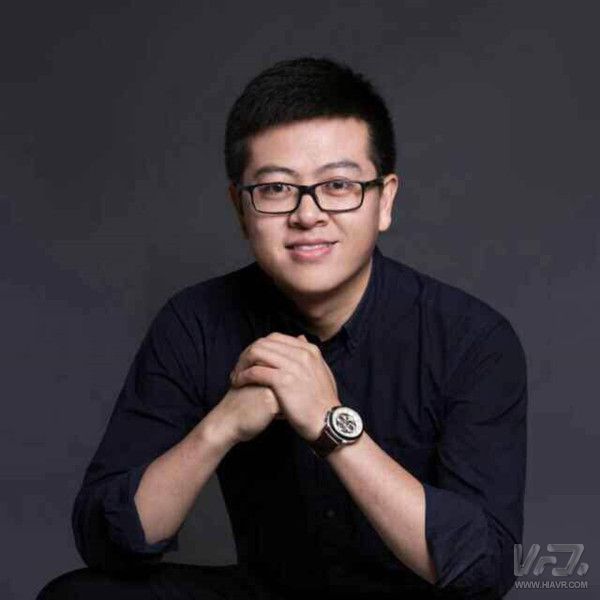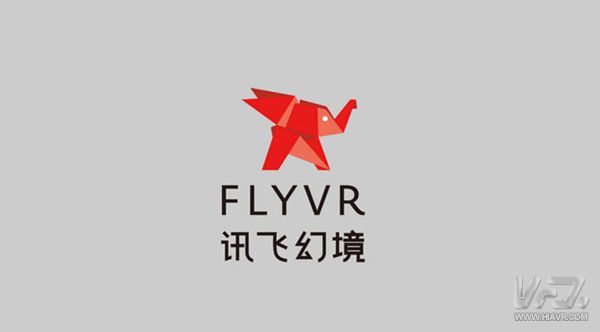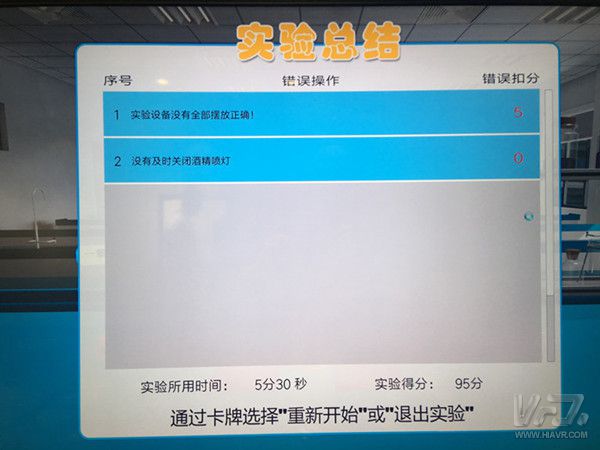In 2015, the virtual reality industry in China has been surging, occupying a pivotal position in the capital market. It is also the favor of capital. There is a wave of entrepreneurial booms in the industry that has caused a chaos of mud. In 2016, it was hailed as the first year of VR. With the winter of capital, the virtual reality industry became calm. Some practitioners in this year sensibly explored how virtual reality should be taken in China.
Today, we heard more and more voices saying that "VR is not a revolution of who, but an addition," "VR+ industry and industry + VR are different, and current VR should be more integrated with traditional industries, so that both Some products have become better, and there are even more ambitious people saying, "From the entire industry including us, there is still a gap between the level of virtual reality and the ideal level." .

XFX is a company that develops VR education products and focuses on the application of VR/AR technology in education. The first intersection with Yan Hongwei was at the Tianjin VR/AR Application Development Conference hosted by VR Network (WeChat Public Number: VR Platform). His heart-to-heart speech made people happy. Yan Hongwei is rarely mentioned. When the company’s products were all skipped, the speakers were full of words. They first affirmed the potential of the VR education market in terms of policies, markets, and funds, and interpreted the needs of educational users, and then analyzed the direction of education’s capital. According to the "pit" that he has made over the years, he has summarized the success of VR education. If you are interested, please poke here!
Unexpected VR network Xiaobian with a thirst for knowledge, once again came to the information fly fantasy headquarters, hoping to get away from this "over someone" two or three dry goods.
Has the VR industry changed you to keep up with it?Infofair’s official entry into the VR industry was 2013. Yan Hongwei said in retrospect of the changes in VR in recent years: The most significant change is that VR technology is an auxiliary technology. It has now developed into a major technology that can be combined with platforms and industries. In addition, the giants have entered the game. At present, there are many giants who have conducted the medium and long-term layout of the VR ecosystem, including Apple, Microsoft and so on. From the application trend of VR technology, practitioners have gradually become clear from the state of relative chaos. The respective characteristics and applicable fields of VR/AR/MR have also been relatively clear.
Looking at the changes in the VR industry from a global perspective, we can see that the VR's development in China is also different from the United States. VR technology comes from the United States, but from the actual landing applications, China's application direction is more clear. The United States looks at exploring innovations from the technical principles of VR itself. China is more focused on finding application models for VR from traditional industries and then transforming technologies. Yan Hongwei believes that China’s model is more robust and effective. From the perspective of the development of the Internet and mobile platforms, VR is the same as them, and it can replicate the development model from actual application. After all, the era of application is king, and technology will eventually produce real value. This kind of development pattern has gradually become clear.

The biggest change in the direction of VR education is policy encouragement and support. In 2015, the Ministry of Education issued a document to vigorously promote the virtual simulation project into the campus. This year, the Ministry of Education issued a document requesting 1,000 virtual simulation projects to be completed in the next few years, and invest a lot of money to subsidize teaching methods from the strategic level to the people's livelihood level. Various ministries and commissions other than the Ministry of Education have also listed virtual reality as one of the most important technologies for encouragement and advocacy. This has a tremendous role in guiding and guiding the industry. (VR related policies we are all organized! Click for details!)
Although the industry's ups and downs can not be ignored, Yan Hongwei still believes that the VR industry is still in the ascendant and has not reached the golden age of development. He said: I think VR is still in the lead period in China now. This is because most of the current VR products, including us, can only score 80 points. Although we have a lot of good-quality products on the technical level, we haven’t achieved high-precision teaching and research development in the industry and we have There is still a lack of integration of teaching depth and there is a gap between the ideal and the ideal.
Four stages of VR education user interpretationExplaining the needs of educational users, Yan Hongwei said that the entry education industry must first consider the education stage and clearly distinguish target groups.
The first stage is preschool education. There are two types of preschool education institutions, one is public kindergartens within the system, and the other is private kindergartens. The application of public schools is relatively fixed, and the demand and budget are stable and clear. This is a good entry point. To be a valuable product for groups aged 3-6.
The second stage is basic education. China’s education has heavy assets in K12. It is a big market, but it is also a difficult point. K12 colleges and universities are basically institutional institutions and are difficult to get into. It is possible to start from the curriculum that stimulates interest and enhances imagination, and to standardize VR education products and content.
The third stage is higher education. In the higher education stage, VR can be used for skills training and training of professional skilled personnel. Most VR courses need to be customized at the higher education level.
The fourth stage is vocational education. Vocational education is the link between learning and practice. This connection is called training. Vocational education institutions have practical training bases. Science and engineering students in particular practice their skills before entering the workplace, and the training process has a great effect on virtualization applications. Demand.

Even though VR education has broad prospects and the market is huge, it can be imagined that this sale is not so good. It is not easy to deal with thousands of schools.
The virtual simulation teaching products of the "Xinfei fantasy realm" have entered nearly 300 vocational colleges, 400 basic education institutions in the Beijing area, and about 1,700 attendees participated in the class. After evaluation by the evaluation committee of the Beijing Municipal Education Commission, the results showed that the effectiveness of VR education products reached 98%, and students' recognition of VR education was high, which objectively proved the value and significance of VR education.
Talking about how to achieve landing and allowing products to enter a large number of schools, Yan Hongwei said: The establishment of a channel system is very important. Through these years of accumulation, in addition to the channels of major universities, we have hundreds of agents nationwide, which enables us to gain some advantages in the policy at the first time. For example, when the practice class of the Beijing Social Practice Course was launched, we will update the self-developed curriculum to the catalog after the news is obtained. In addition, we have cooperated with the Publishing Group of Beijing Normal University to achieve VR education curriculum transformation, which has greatly benefited the landing of the project. The second is product differentiation, we are doing our own hardware ecology, and we are doing VR education hardware instead of VR hardware, which is different. We need to combine the SLAM system with education and develop optical systems for the needs of teaching products.

Yan Hongwei once said that for the current educational ecology of Xunking, he can only score 60 points. What is the remaining 40 points? Yan Hongwei thinks that from a macro point of view, the ecology of education means not only the level of technology but also the government. The support of the partners, the support of partners, and the high recognition of employees in the industry consciousness.
When the ecology is perfect enough, the company will have a certain influence in the market and the industry. In these areas, there is still room for improvement in the information technology. At this stage, the Information Flight Vision has the ecological basis and has completed the process from “zero†to “oneâ€, but it is still unclear when it will become bigger and stronger.
From the humility of Yan Hongwei's slightly dissatisfied, it is foreseeable that they will continue to exert force. According to Yan Hongwei, at present, they started the C-side layout and the project is in the research stage. In addition, the information technology is underway in the international layout, Yan Hongwei believes that the basic model of Chinese science can be exported, is trying to do a technical foresight laboratory, is expected to land next year.

At the end of the visit, we came to the product experience hall of XFX. Under the explanation of the staff, Xiao Bian experienced a light immersed VR set. This is a combination of a holographic teaching table and 3D projection. Based on 3D imaging, students can wear glasses to view models in multiple angles, and in the free space to the engine or ancient architecture. Many models can be analyzed and manipulated. Compared with the past, they can only see the plane pictures on books or computers, and then their own brain complements the three-dimensional form. This kind of teaching product can be more intuitive and profound, more interesting and vivid knowledge. The AR smart desk is an interactive hardware product. The training content is displayed in 3D graphics. The teaching aids, teaching environment, and experimental subjects are 3D modularized, and they are operated in the form of stacked blocks. Xiao Bian conducted a chemical experiment on the reaction of ferric oxide and carbon monoxide on the AR smart desk. Experiments were conducted by controlling two-dimensional code controllers with alcohol, test tubes, and ferric oxide. In the experimental environment, high simulations were performed for chemical experiments. In addition, there are immersive VR suites, VR teaching integrated machines and cloud classrooms, and VR teaching equipment developed for different subjects in different scenarios.

It is reported that X-Ray Vision has achieved profitability. This is also an inspiring news for VR colleagues who are still exploring. If you want to continue to listen to the industry's first-line voice, scan the bottom two-dimensional code, pay attention to VR network VR Baijia said, we go side by side.
This article is original by VR net, please indicate VR net and chain back.
SVLEC provide different cable gland , like Plastic cable gland , Metal cable gland , Metal dust cap , EMC cable gland , Nylon cable gland , tube fittings , locking type cable connector .

Cable Glands,Metal Dust Cap,Impact Cable Gland,Nylon Cable Gland
Kunshan SVL Electric Co.,Ltd , https://www.svlelectric.com